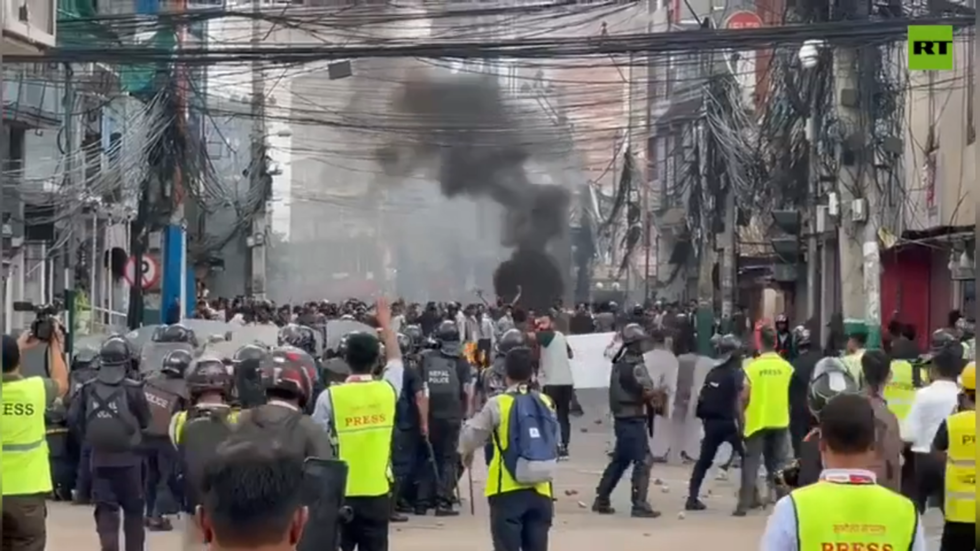Nepal’s government has reversed its decision to ban several social media platforms, including Facebook, YouTube, and X, following violent protests that resulted in significant loss of life and injuries. The protests, which began on Monday, were led by young people and broke out after 26 websites were blocked for failing to register under new regulations. Local media reports indicated that these regulations censored free speech, sparking widespread outrage.
The demonstrations turned violent when protesters attempted to enter a restricted zone near parliament, prompting police to use live rounds, tear gas, water cannons, and batons. According to official reports, 17 people were killed in Kathmandu alone, and over 400 were injured, including more than 100 police officers. A 20-year-old protester quoted by the AFP news agency stated that they had joined the protest peacefully but were met with violence from the government.
In response to the developments, India’s Foreign Ministry released a statement calling for restraint and peaceful dialogue. The ministry expressed deep sadness over the loss of young lives and announced that it is closely monitoring the situation in Nepal. Following the protests, Nepal’s home minister resigned during a cabinet meeting on Monday evening. The private residence of the information and communication minister was also set on fire by protesters.
Despite the government’s decision to lift the social media ban, demonstrations continued on Tuesday in Kathmandu. Protesters gathered outside parliament, demanding the government’s removal or dissolution. Unemployment and corruption were cited as primary concerns by some protesters. The situation in Nepal remains volatile, with the government facing mounting pressure to address the underlying issues that led to the protests. The international community is watching the developments closely, with many calling for peaceful resolution and respect for human rights.
